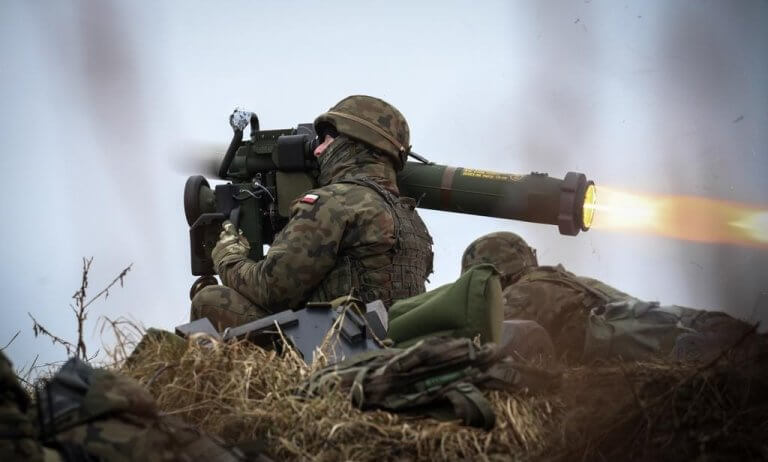
The Polish Ministry of Defence stated on 6 August that it is acquiring hundreds of Spike LR Missiles from Rafael’s local industrial partner, Mesko, in a deal worth approximately $100m (NIS368m).
The Spike missile family serve as anti-tank guided missiles, taken as armament for land, air or naval platforms by 39 countries, including Nato and EU user groups. Spike LR is a portable anti-armour weapon system with a range of up to 4km, which can be operated in fire-and-forget mode and in fire, observe and update mode using the fibre-optic data link.
Since the commencement of Russia’s invasion of Ukraine in February 2022, Poland’s defence posture has taken a historic turn. In light of a huge conventional ground conflict on its borders, Poland’s Army, Navy, and Air Force are undertaking substantial modernisation at both a speed and scale – a process that started initially in 2011 to shed Soviet-era equipment but accelerated after the invasion.
“Building bridges with industrial partners around the globe is part of RAFAEL’s global strategy,” said Dr. Ran Gozali, Rafael Executive Vice President and Head of Land and Naval Systems Directorate, “and here we see how those bridges enable collaboration and better defense for our friends and allies.”
For lock-on after launch firing, the Spike uses a trailed fibre-optic cable that is spooled out between the launch-site and the missile. The system is immune to GPS jamming and radio frequency jamming, and allows the operator to redirect the missile to another target, to fire outside of line of sight, or to fire speculatively.
In fire-and-forget mode, the soldier activates the missile, locking the tracker on the target and pushes the fire button to launch. The missile automatically propels itself towards the target without any additional interaction and this fire-and-forget capability allows the soldier the option of relocating to a new firing position or to reload immediately for the next engagement. Reloading takes less than 15 seconds.
Since 2003, Mesko and Rafael have joined in supplying the Polish market, and this is the third transaction with the Polish Ministry of Defence, currently in the possession of 3,000 Polish-made Spike missiles.
In January 2004, Poland signed a contract with ZM Mesko for the purchase of the Spike-LR missile system. ZM Mesko manufactured elements of the missiles and began final assembly in 2006. The requirement was for 264 tripod launchers and 2,675 missiles. Deliveries began in November 2004 and concluded in 2013. According to Rafael, the Polish Ministry of Defence, currently in the possession of 3,000 Polish-made Spike missiles.
Spike LR missiles can be equipped to light vehicles, and form part of the armament of the Borsuk Infantry Fighting Vehicle. This fighting vehicle program was initiated to replace Warsaw Pact-era BMP fighting vehicles, with a contract awarded to Huta Stalowa Wola in 2014, to produce1000 units for $6.1bn between 2020 and 2034.







